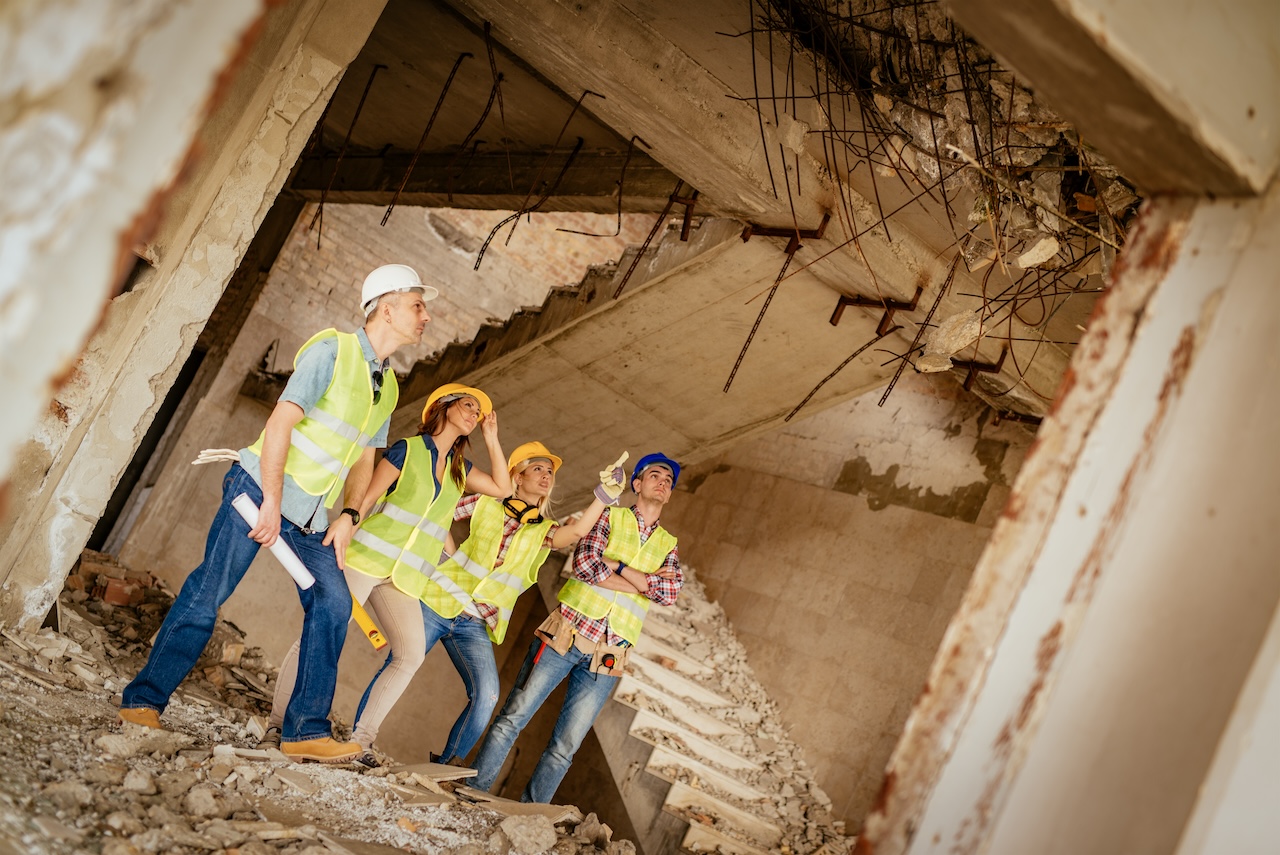What Is a Construction Defect? A Guide to Understanding Your Liability
Construction projects require precision and expertise. Yet, even with meticulous planning and execution, construction defects can occur. These defects can lead to structural flaws, reduced property value, and even legal disputes. For contractors and businesses in the construction industry, understanding what constitutes a construction defect and the associated liabilities is crucial for professional reputation and risk management.
This guide will explore what a construction defect is, examine liability considerations, and explain how insurance can help mitigate risks.
What Is a Construction Defect?
A construction defect refers to any issue in a building or structure that arises due to poor design, substandard workmanship, or defective materials. These defects can compromise the integrity, functionality, or safety of a structure—and are generally categorized as either patent defects or latent defects.
Patent defects are obvious issues that are immediately noticeable, such as visible cracks in walls or floors. Latent defects, however, are hidden problems that may not surface until months or even years later, such as foundational damage or water leaks. While not all defects result in legal liability, they can impact property owners and often cause disputes over who is responsible for repair costs.
Common Examples of Construction Defects
Here are some of the most frequent construction defects observed in residential and commercial projects:
- Water infiltration issues, leading to mold or water damage.
- Foundation cracks, compromising structural stability.
- Electrical system malfunctions.
- Faulty plumbing and drainage systems.
- Roofing defects like leaks or premature wear.
- Soil erosion or improper grading, affecting landscaping stability.
- Defective materials, such as crumbling concrete or low-quality wood.
These issues not only tarnish a contractor’s reputation but can also expose businesses to costly lawsuits.
Who Is Liable for a Construction Defect?
Liability for construction defects can fall on various parties involved in the project, including general contractors, subcontractors, architects, and engineers, as well as material suppliers. Each stakeholder may be held accountable based on the agreement between parties and their respective roles in the project.
Here are some of the factors considered when determining liability:
- Contractual obligations: Construction contracts often determine who is responsible for defects. For example, if a subcontractor’s work doesn’t meet the terms, they may be liable for damages.
- State Laws: Construction laws vary by state, and certain states have specific statutes of limitations and repose that define liability and time frames for filing claims.
- Negligence: All parties must follow industry standards and codes. If defects result from negligent design, materials, or workmanship, the responsible party may be liable.
- Warranties: Many contractors offer warranties to repair or replace defects within a set time after completion. If a defect falls under the warranty, the contractor is responsible for fixing it.
How Liability Is Determined
When a defect arises, property owners may bring in legal and industry experts to assess the situation. These professionals analyze the defect, identify its root cause, and recommend corrective actions. In cases of construction defects, liability is usually determined through a legal process.
The property owner or affected party must file a claim and prove that the defect caused damage or financial loss. Then, it must be established which party is responsible for the defect and whether they were negligent or in breach of contract or warranty.
Insurance Options for Construction Defects
Insurance plays a vital role in mitigating liability risks associated with construction defects. With the average value for construction disputes reported at $52.6 million, insurance can provide much-needed protection for contractors and businesses. While no single policy covers all possibilities, understanding the different types of insurance coverage available can ensure adequate protection.
Professional Liability Insurance
Professional liability insurance covers errors or oversights that occur during the design or planning phase of construction. For example, it can cover lawsuits stemming from a faulty blueprint or failure to meet client expectations.
General Liability Insurance
This policy provides broad coverage for most construction-related risks, including property damage and bodily injuries. It can cover legal fees, settlements, and judgments resulting from claims of bodily injury or property damage.
Products-Completed Operations Insurance
Often included in general liability insurance, this safeguards businesses from claims related to defective work that arises after project completion.
Builder’s Risk Insurance
Builder’s risk insurance protects against damage to the property during construction, such as vandalism, fires, or weather-related events. Choosing the right mix of policies is critical for comprehensive coverage.
Mitigate Risk with Bethany Insurance
Construction defects present a significant risk for contractors and businesses. However, understanding these risks and taking proactive steps, such as obtaining comprehensive insurance coverage, can minimize financial burdens and legal disputes.
Are you confident that your business is protected against potential liability? If not, it’s time to consider tailored coverage options. Contact Bethany Insurance for expert guidance and a quote on your insurance options.




